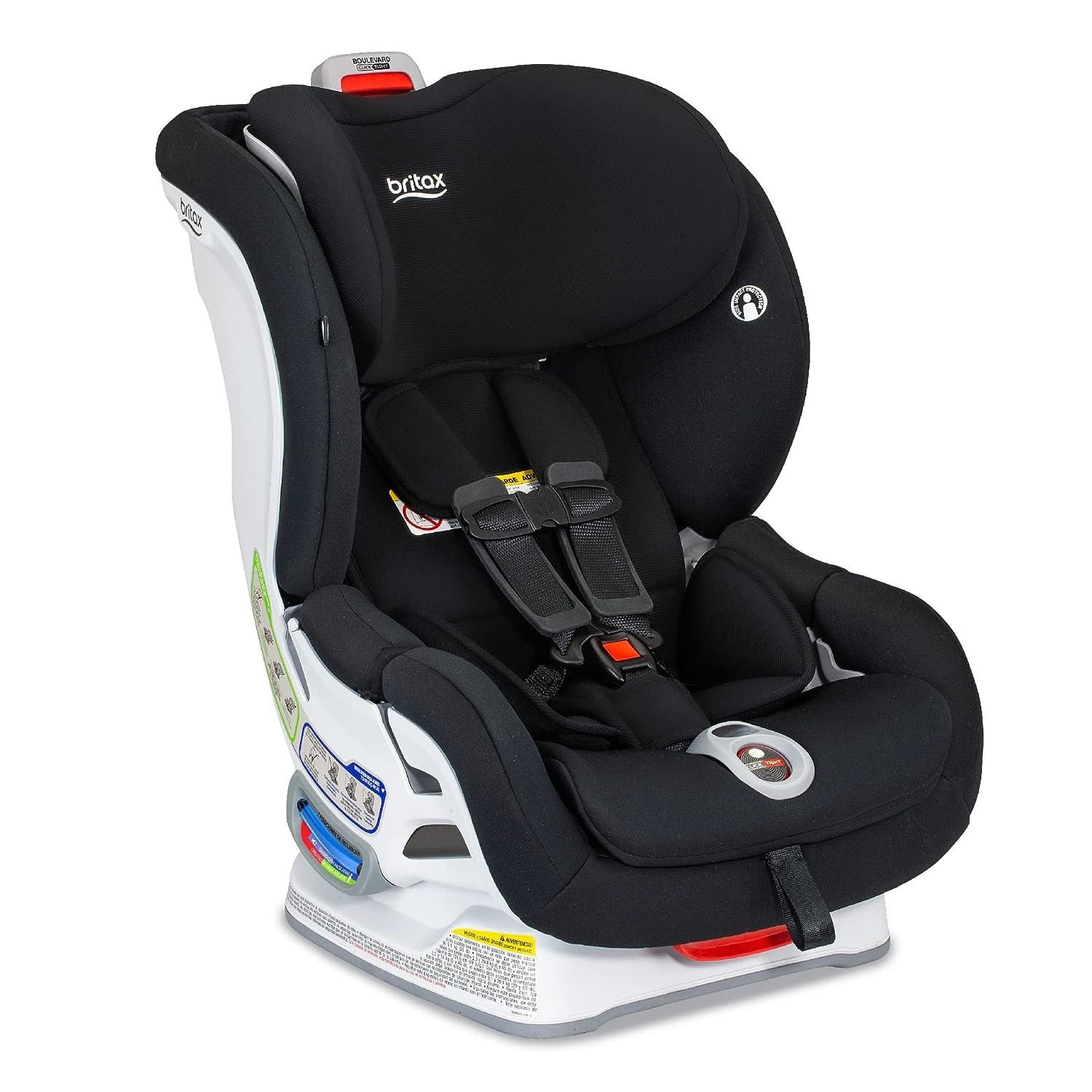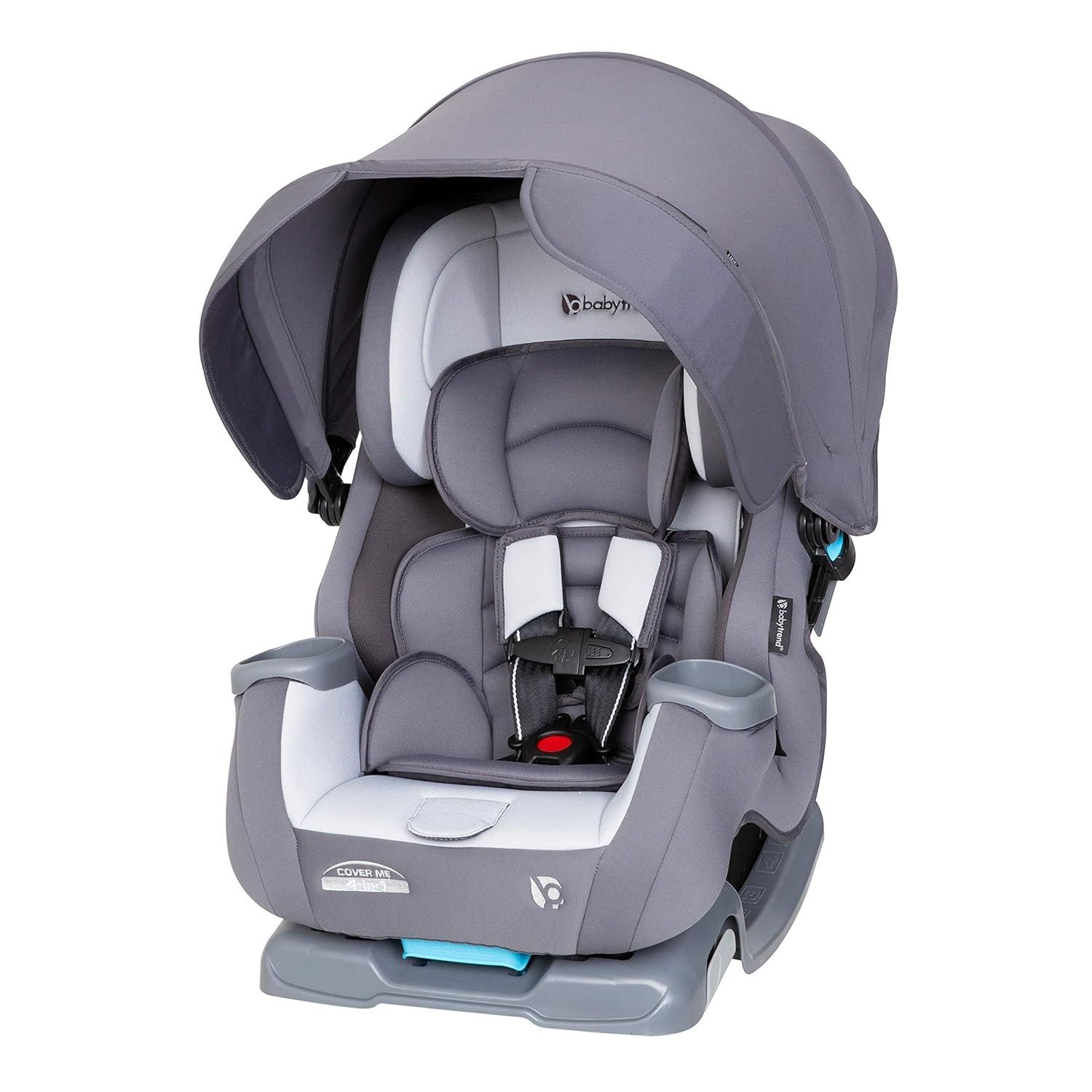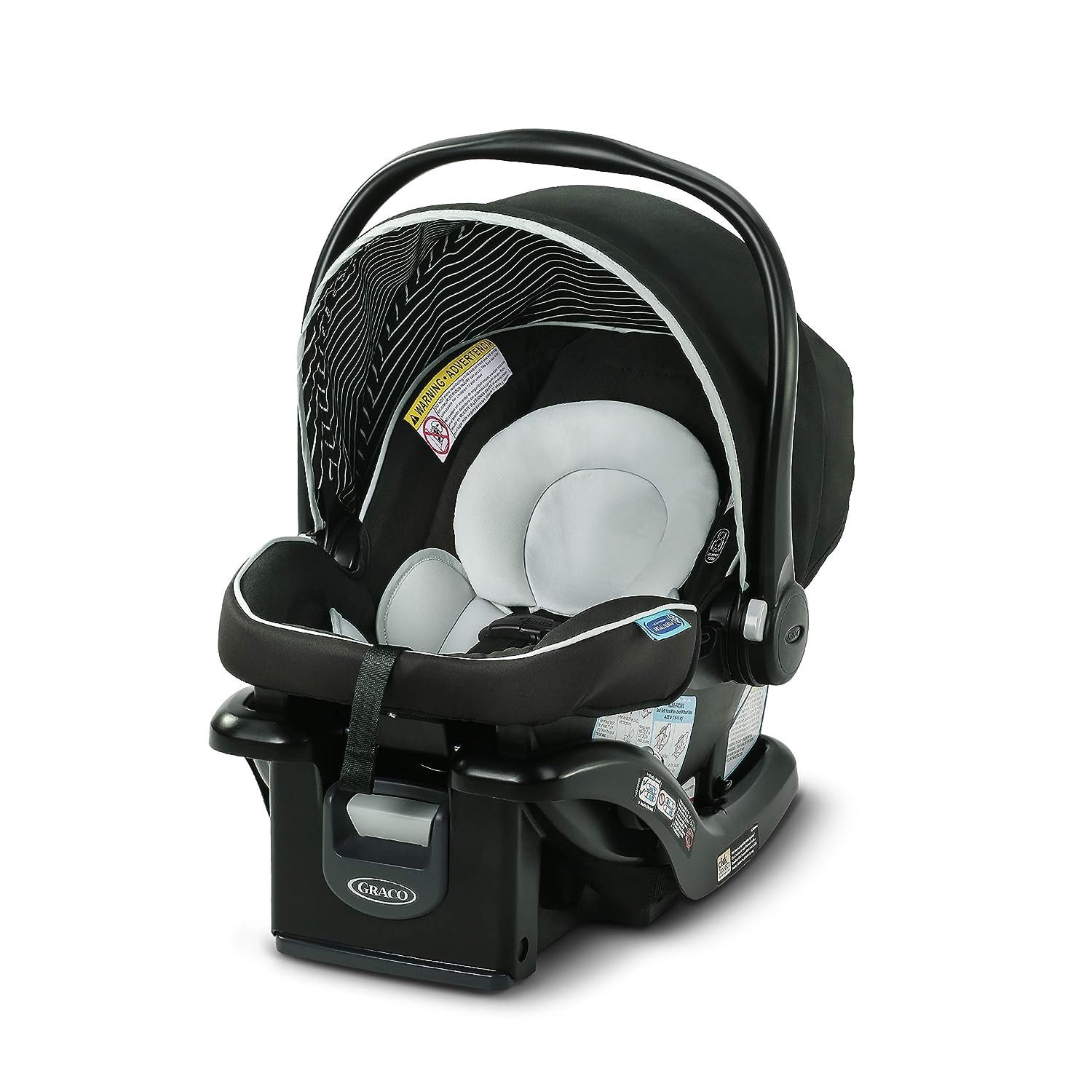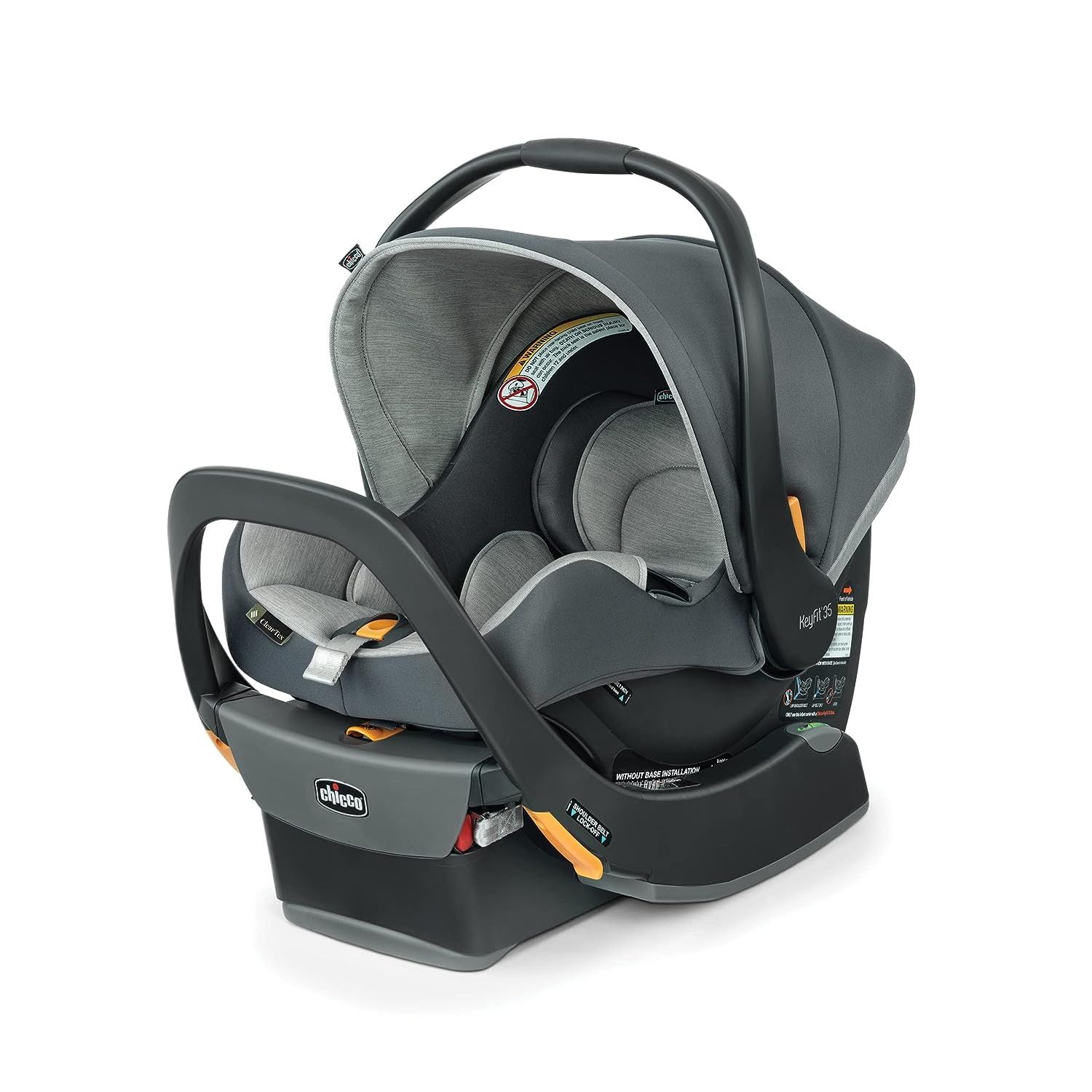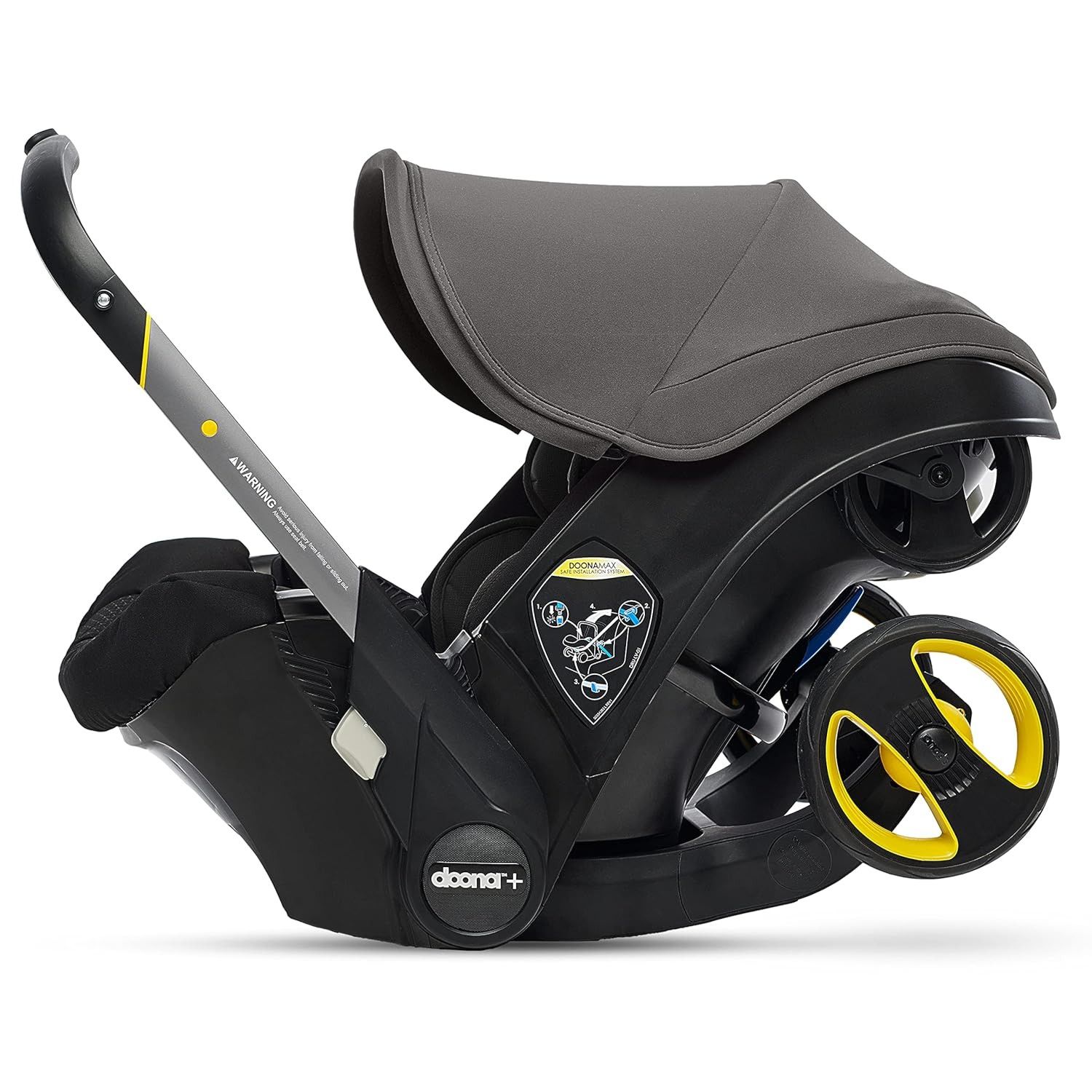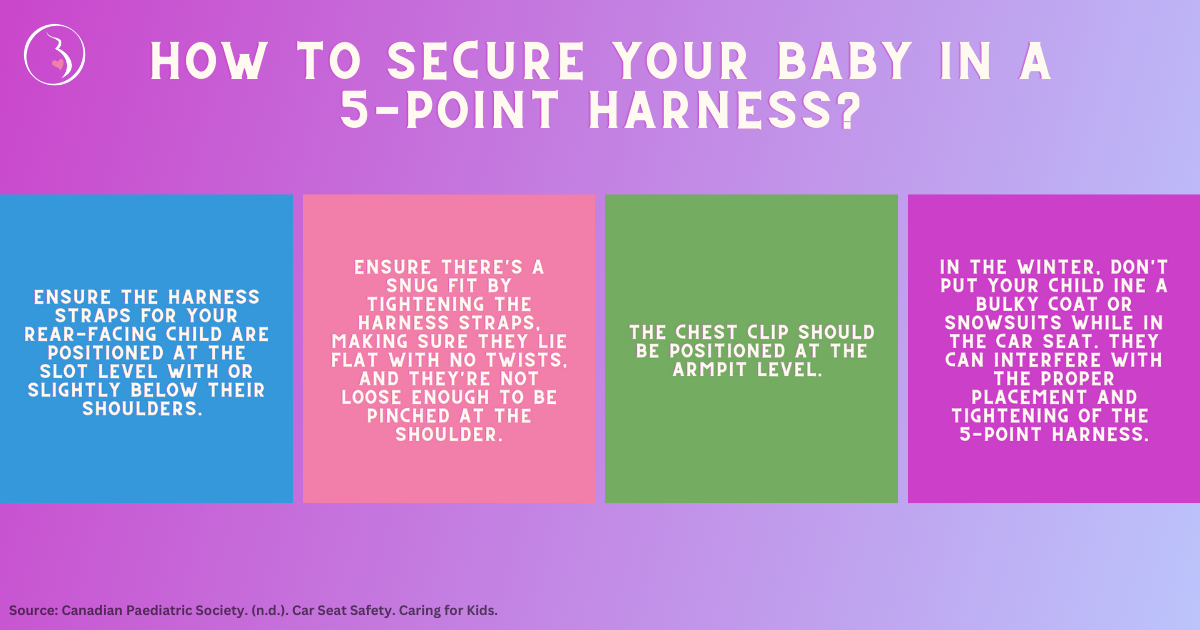[ad_1]
You’re ready to register for your first kiddo’s car seat. But you’re not sure whether you should choose a convertible or an infant seat. What are the differences between the two options – and which one is the right one for your family?
Not all car seats are the same. While there are plenty of popular picks that vary by brand, fabric, color, pattern, and features, start with the basics. This is where the terms “convertible” and “infant car seat” come into play.
If you’re not sure which one to get right now, why you should choose one over the other, or whether you might end up needing both, we’ve got you covered with all the answers you need!
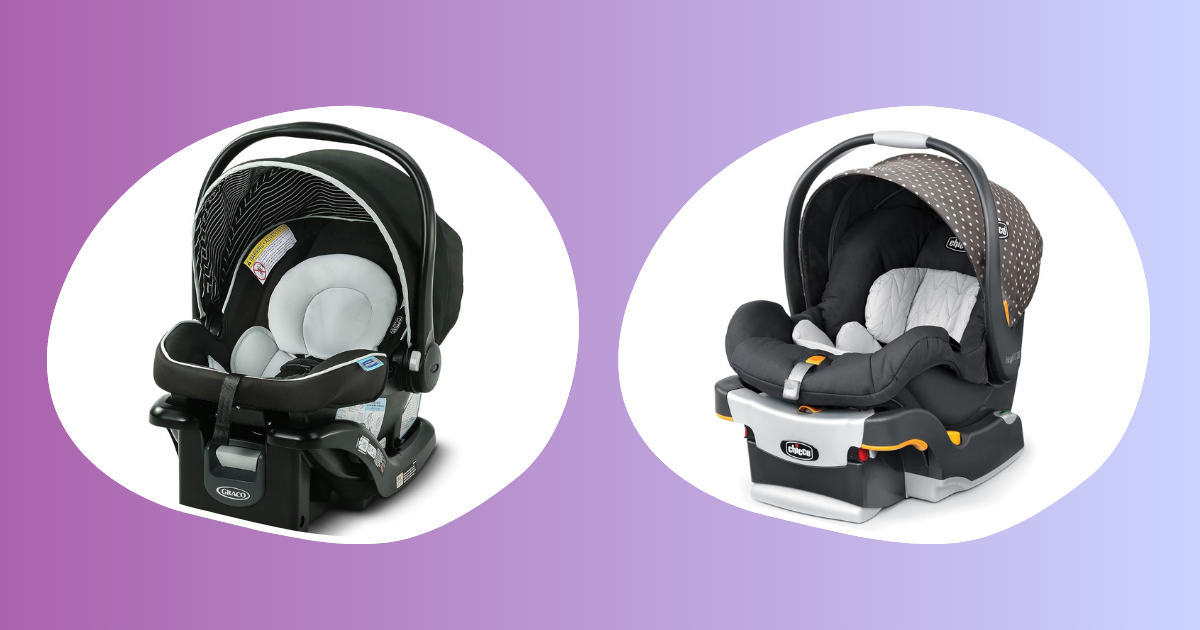
Graco SnugRide 35 vs. Chicco KeyFit: Which Is Best For You?
Learn which rear-facing infant car seat is right for you: Graco SnugRide 35 or Chicco Key Fit.
Pros and cons of a convertible car seat
When it comes down to it, there isn’t one option that’s right for every family. This means you will need to weigh the pros and cons of each safety seat. Before you invest in a convertible, consider pros, such as:
You can get extended use from a convertible car seat
According to the American Academy of Pediatrics (AAP), infants, toddler, and preschoolers can use convertible seats. As the name implies, these safety seats convert as the child grows. This allows you to start out with a rear-facing seat that fits a young infant, turn it around when your kiddo is ready to face the front, and (depending on the seat) sometimes use it as a booster.
Your child can stay rear-facing longer than in an infant carrier/seat
The U.S. Centers for Disease Control and Prevention (CDC) notes that infants should remain rear-facing until they meet the max height/weight limits for the specific car seat. A convertible model may have a higher height/weight limit, giving your child more time to ride facing the rear of the vehicle.
You won’t have to buy and multiple car seats, and you could save money over time
These two or sometimes three-in-one seats eliminate the need to buy multiple models over the first few years of your child’s life. When you factor in the cost of buying a rear-only facing infant seat, a forward-facing car seat, and a booster, a convertible is often an economical option.

Britax Boulevard ClickTight Convertible Car Seat
- Weight Range
- 5-65
- Harness Type
- 5-Point

Baby Trend Cover Me 4-in-1 Convertible Car Seat
$145 $160 Save $15
- Weight Range
- 4-100 pounds
- Harness Type
- 3-Point

Maxi-Cosi Peoa All-in-1 Convertible Car Seat
$216 $270 Save $54
- Weight Range
- 4-100 pounds
- Harness Type
- 5-Point
While there are plenty of reasons to choose a convertible, these car seats may also have cons, such as:
Convertible car seats won’t work with your stroller/travel system
If you want the convenience of moving baby from the car to the stroller without unbuckling their car seat harness, a convertible is not the option to choose. Unlike rear-facing infant car seat carriers, convertibles won’t seamlessly fit into most stroller frames or travel systems.
You can’t carry your baby around town in a convertible car seat
Convertibles don’t have handles. These seats stay inside of the car – and don’t double as carriers. Instead of popping the seat out of the base and toting baby around in it, you will have to bring along a separate carrier.
Convertible car seats may not always fit a smaller-size newborn
Some models may not snuggly fit your brand-new newborn. But others offer a special insert to make the seat safer for lower weight babies.
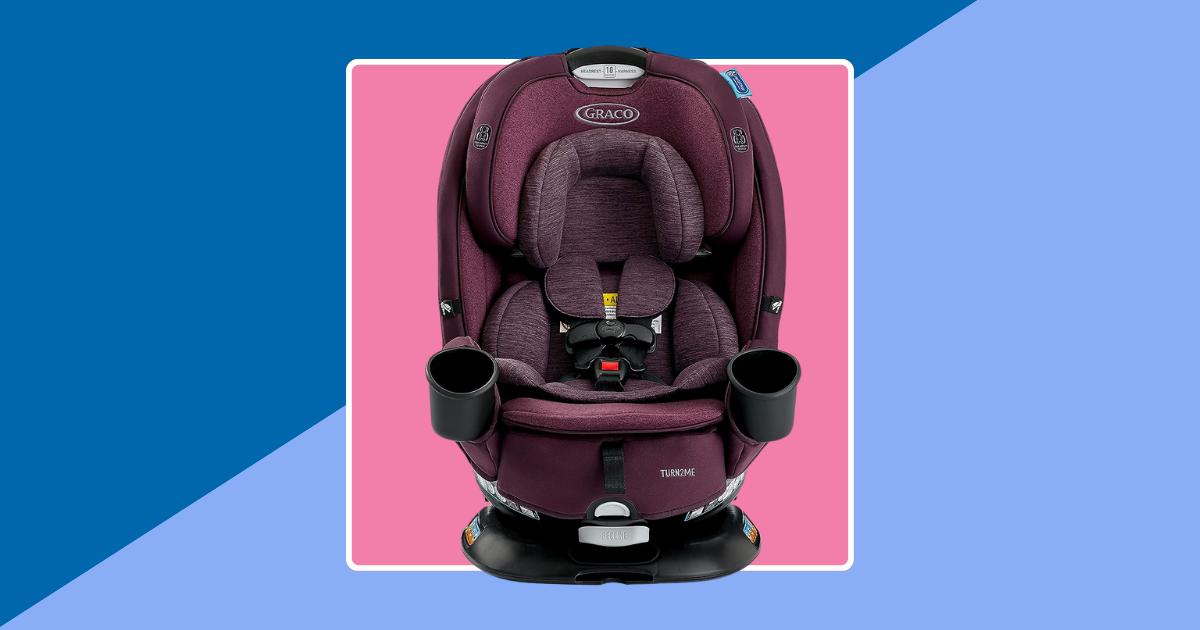
7 Best Rotating Car Seats for Extreme Convenience
Rotating car seats makes getting your child in and out of the car a breeze. Here are the best rotating car seats on the market.
Pros and cons of an infant car seat
Like convertibles, infant car seats also come with both pros and cons. Understanding the benefits and drawbacks of these seats can help you to make an informed choice. The top pros of a rear-facing infant car seat include:
Many infant car seats work as part of travel systems
Why wake baby when you don’t have to? An infant seat that snaps into a basic stroller frame or works as part of a larger travel system adds plenty of convenience. Not only can you easily move baby from the car to the stroller and back again, a seat that works with a travel system can help you get the most out of your initial stroller investment.
You can carry baby in a rear-facing infant car seat
A seat with a handle provides an easy way to carry baby from the car to your home, a restaurant, or just about anywhere else. Like the ability to fit into a travel system, this feature adds to the overall convenience of use that you’ll find with an infant car seat.
These seats may come with a base that you can keep in the car
Instead of buckling the seat into your car, a rear-facing infant carrier option may come with (or pair with) a base. You can also install multiple bases in different cars, making it easy to transition from vehicle to vehicle.

Graco SnugRide 35 Infant Car Seat
$90 $120 Save $30

Chicco KeyFit 35 ClearTex Infant Car Seat

Doona Infant Car Seat & Latch Base
Along with the pluses, rear-facing infant car seats also come with a few negatives. The cons of these seats include:
Some infants outgrow this type of seat quickly
You want your kiddo to sit in a rear-facing position as long as possible. The AAP notes that, while specific manufacturer’s guidelines vary by model, most infant car seats fit babies up to 22 to 35 pounds and 26 to 35 inches. In comparison, some convertibles have rear-facing limits up to 40 to 50 pounds.
You will eventually have to spend money on another car seat
As soon as your kiddo reaches the weight/height maximum and is ready to ride facing the front, you will need to invest in a new car seat. These seats won’t transition from the rear-facing position – meaning that you could pay double or triple (for a booster seat) to keep your child safe from birth through the grade school years.
Some infant car seats are heavy or hard for parents to easily carry
Even though many of these seats come with a handle, the added weight may not make it worth it. Unlike a baby sling or pack-style fabric carrier, these car seats as heavy and may put added strain on your back or neck. You also won’t have the added benefit of a hands-free carry with this type of seat.
When to switch from an infant car seat to a convertible car seat
The answer to this question depends on the car seat. If the convertible is recommended for infants and toddlers who are both rear and front-facing, you won’t have to switch from one seat to another. But if you choose an infant-only car seat, you will eventually need to transition your child into either a convertible or front-facing model.
Before you switch your child from a rear-facing model to a front-facing seat, review the manufacturer’s recommendations and your state’s safety laws. Each state has its own child passenger safety laws that list the age and weight/height requirements.
The National Highway Traffic Safety Administration (NHTSA) explains that it’s best to keep a child rear-facing for as long as you safely can. You should only turn your child around when they reach the maximum height and weight requirements for the seat and are over one-year. Infants under 12 months should always sit rear-facing.
[ad_2]
